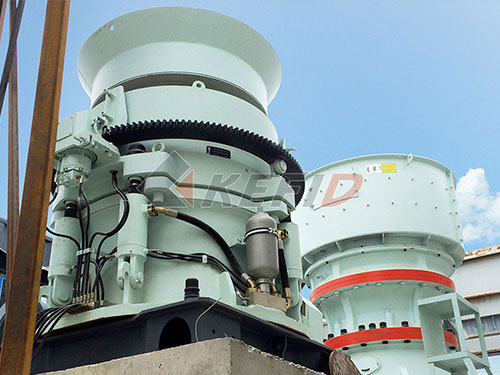Rim Crusher
Rim Crusher: The Essential Tool for Efficient Alloy Wheel Recycling
In the bustling world of automotive recycling and scrap metal processing, efficiency and space optimization are paramount mountains to climb. Among the most persistent challenges? Dealing with the sheer volume and awkward shape of discarded alloy wheels (rims). Enter the Rim Crusher – a powerful piece of equipment specifically engineered to transform this bulky waste stream into a manageable, valuable commodity.
The Problem: Mountains of Metal
Modern vehicles increasingly feature lightweight alloy wheels. While beneficial for performance and fuel economy during their lifespan, these rims become a significant logistical headache once scrapped:
1. Bulkiness: Their hollow centers and wide diameters consume enormous space in scrap yards and transport vehicles.
2. Storage Inefficiency: Stacking them is unstable and inefficient; they simply don't compact well naturally.
3. Transport Costs: Shipping air (the empty space within rims) drastically increases transportation costs per ton of actual metal.
4. Downstream Processing: Shredders and furnaces handle compacted material far more efficiently than whole rims.
The Solution: Power Meets Precision
The Rim Crusher tackles these issues head-on with brute force guided by intelligent design:

1. Hydraulic Might: At its core lies a powerful hydraulic ram system generating immense pressure – often exceeding 100 tons or more.
2. Targeted Crushing: Unlike general-purpose balers or shredders, rim crushers feature specially designed crushing chambers that cradle the rim securely.
3. The Crushing Process:
A wheel is loaded into the chamber.
The hydraulic ram descends with tremendous force.
The rim is flattened vertically through its center bore hole.
The result? A compacted "puck" or flattened disc typically only 1-2 inches thick.
Tangible Benefits Driving Adoption

Investing in a Rim Crusher delivers immediate and significant returns:
Massive Volume Reduction: Flattening rims can reduce their volume by up to 80-90%. This translates directly into needing fewer storage containers (roll-offs) or trailers for transport.
Substantial Cost Savings: Reduced transportation frequency means lower fuel bills and haulage fees per ton of metal shipped.
Optimized Processing: Compacted rims feed much more smoothly into shredders or furnaces, improving throughput rates at downstream facilities.
Increased Scrap Value


